Top 5 Best Tarantulas for Beginners
Considering a tarantula as your first pet? That’s a fascinating choice! These eight-legged wonders offer a unique pet ownership experience, relatively low maintenance compared to many other pets, and a captivating glimpse into the invertebrate world. However, choosing the right species is crucial for a positive and rewarding experience. Not all tarantulas are created equal, some are more docile, hardy, and forgiving of beginner mistakes than others. This guide will highlight the best tarantulas for beginners, providing you with the knowledge to make an informed decision and start your journey into the world of tarantula keeping. Owning a tarantula can be a rewarding experience. This article will help you in your decision.
Why Choose a Tarantula?
Tarantulas offer several advantages as pets. They are relatively low-maintenance; they don’t require daily walks or constant attention. Their dietary needs are simple, primarily consisting of insects. They are also quiet, odorless, and don’t take up a lot of space. This makes them ideal for individuals or families with busy lifestyles, or those living in apartments or smaller homes. Plus, the diverse colors, patterns, and behaviors of different tarantula species make them visually stunning and endlessly interesting to observe. They are also quite long-lived, with some females living for over 20 years, providing a long-term companionship that is not common among other pets.
Benefits of Owning a Tarantula
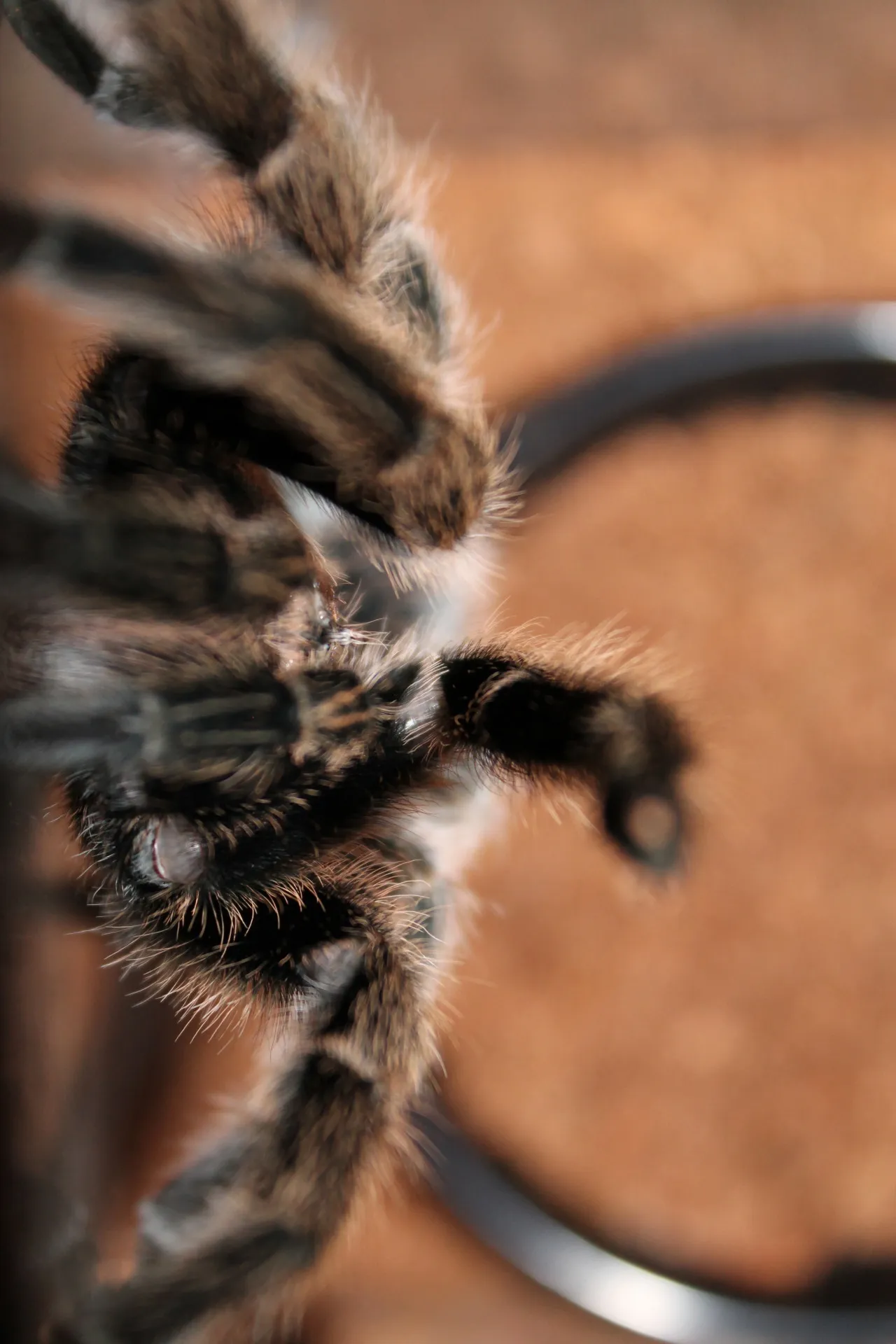
Owning a tarantula brings several benefits. Besides being low-maintenance, they are also fascinating to observe, offering a window into a unique part of the animal kingdom. They require minimal space and can be kept in a variety of enclosures. The relatively low cost of feeding and maintenance makes them an economical pet choice. Many people find the quiet and solitary nature of tarantulas relaxing, providing a calming presence in the home. Tarantulas also offer a great opportunity to learn about arachnids and their behavior, potentially sparking an interest in science and nature. Plus, they make great conversation starters!
Things to Consider Before Buying
Before acquiring a tarantula, there are several things to consider. Research is essential. Learn about the specific needs of the species you are considering, including their temperament, habitat requirements, and dietary needs. Ensure you have the space and resources to properly house and care for the tarantula. This includes a suitable enclosure, substrate, heating, and humidity control. Consider your comfort level with insects, as they will be the primary food source. Moreover, understand the potential risks, such as the possibility of a bite (though not usually dangerous, it can be painful) and the need for proper handling. Finally, consider your long-term commitment, as tarantulas can live for many years, requiring ongoing care and attention.
Top 5 Best Tarantula Species for Beginners
Selecting the right tarantula species is pivotal for a positive beginner experience. Some species are known for their docile temperaments, hardiness, and ease of care. These are the best choices for those new to tarantula keeping.
The Chilean Rose Hair Tarantula
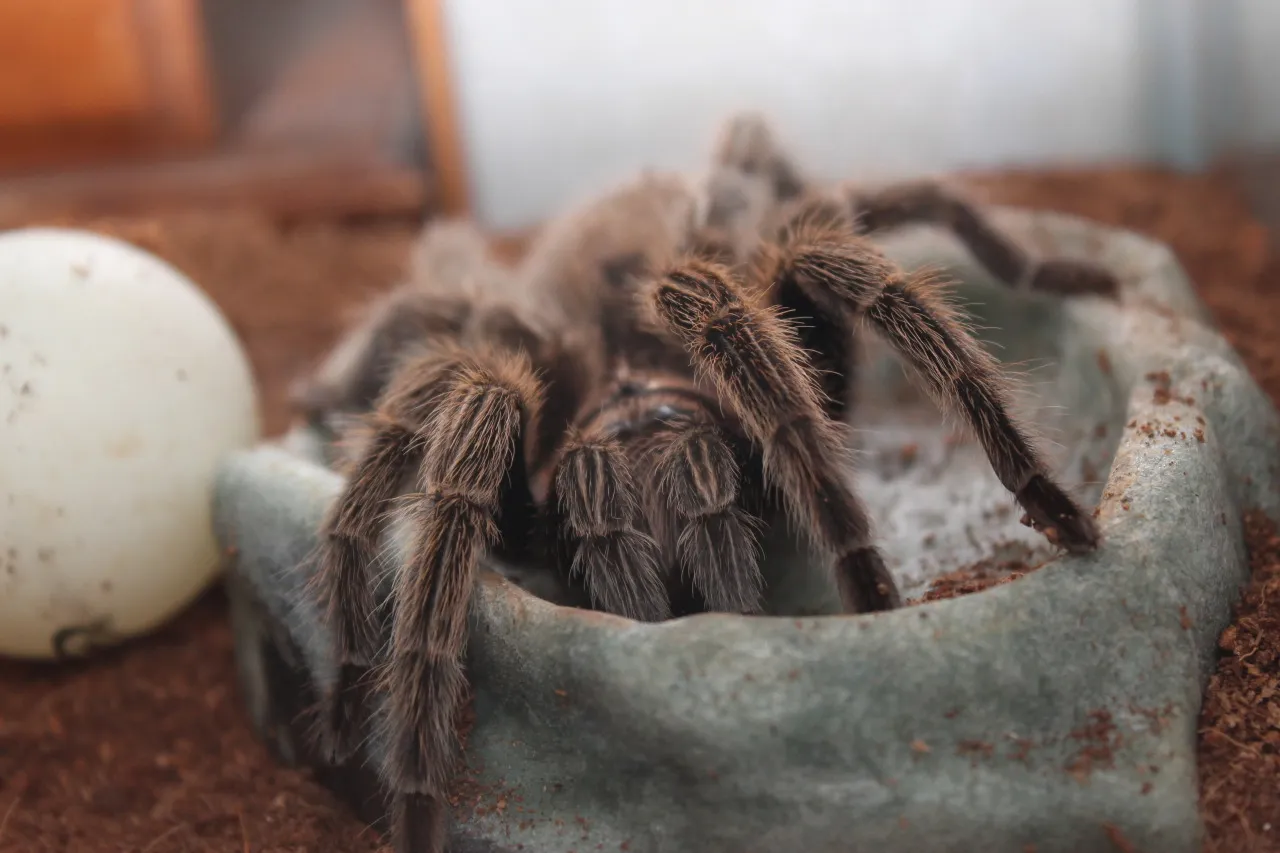
The Chilean Rose Hair (Grammostola rosea) is a popular choice for beginners, and for good reason. They are known for their docile temperament, relatively slow movements, and tolerance of handling. Their beautiful appearance and relatively long lifespan add to their appeal. They are also readily available and generally affordable.
Characteristics and Temperament
Chilean Rose Hairs are generally calm and not prone to biting. They are more likely to flick urticating hairs (tiny irritating hairs) as a defense mechanism. They move slowly and deliberately, making them less intimidating than faster-moving species. Their docile nature makes them relatively easy to handle, although handling should always be done with caution and respect for the animal. It is not recommended to handle tarantulas often, and it is better to admire them in their habitat.
Care and Habitat
Chilean Rose Hairs require a terrestrial setup with a substrate of coconut fiber or peat moss. A shallow water dish and a hide, such as a piece of cork bark, are essential. They thrive at room temperature, but a heat source may be needed in colder climates. They primarily eat insects, such as crickets or mealworms, feeding once or twice a week, depending on the spiderling’s size. Maintaining proper humidity is important for their health.
The Curly Hair Tarantula
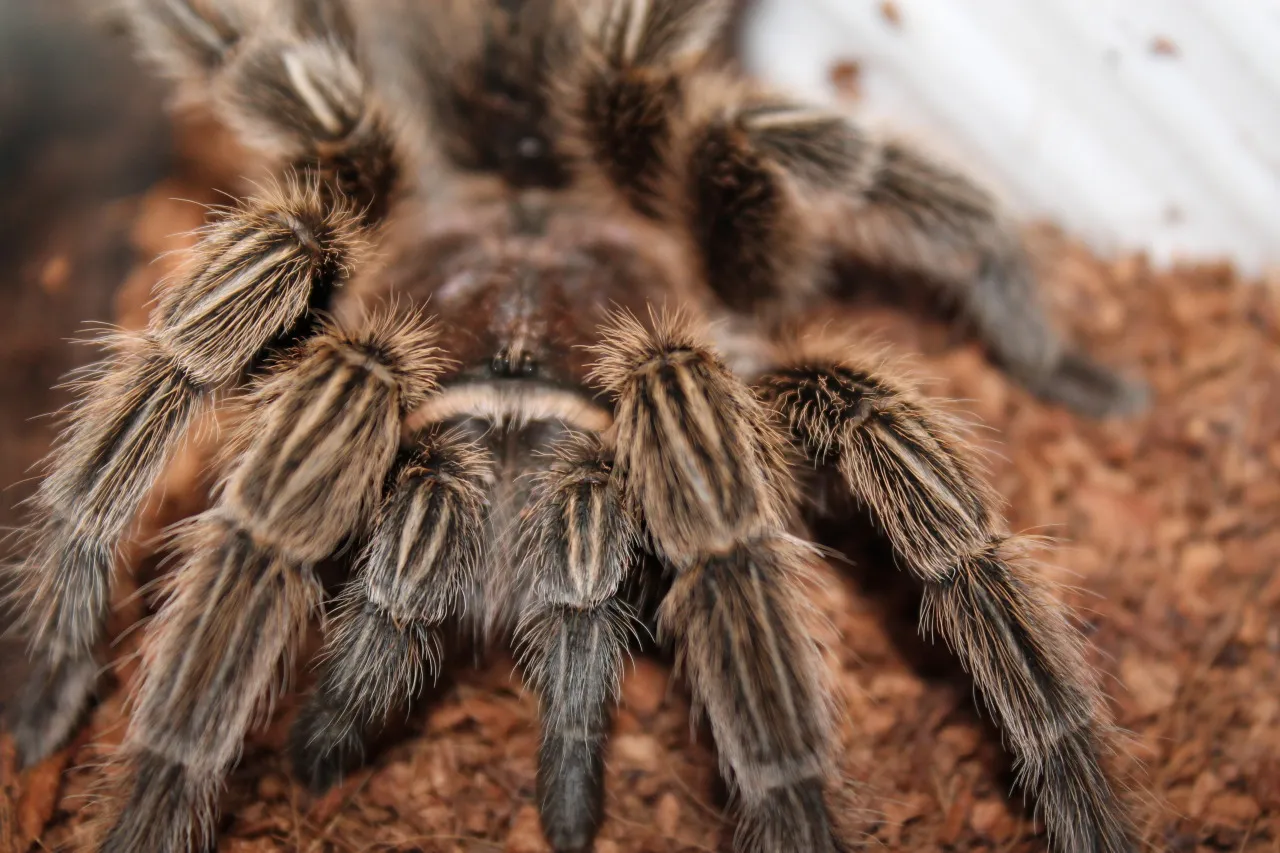
The Curly Hair Tarantula (Tliltocatl albopilosus) is another excellent choice. They are known for their gentle disposition and beautiful, curly hairs. They are also relatively hardy and easy to care for, making them a great entry-level species.
Characteristics and Temperament
Curly Hairs are known for their docile and generally calm nature. They are less likely to bite and often prefer to run and hide when feeling threatened. Their slow movements and manageable size make them easy to observe and care for. While handling should be kept to a minimum, these tarantulas are generally not aggressive.
Care and Habitat
The Curly Hair Tarantula thrives in a terrestrial setup with a substrate of coconut fiber or a mixture of peat moss and vermiculite. Provide a shallow water dish and a hide, such as a piece of cork bark or a half log. They prefer a slightly higher humidity level than the Chilean Rose Hair. Feeding is similar, primarily consisting of insects. They are not particularly sensitive to temperature fluctuations, making them easier to manage.
The Arizona Blonde Tarantula
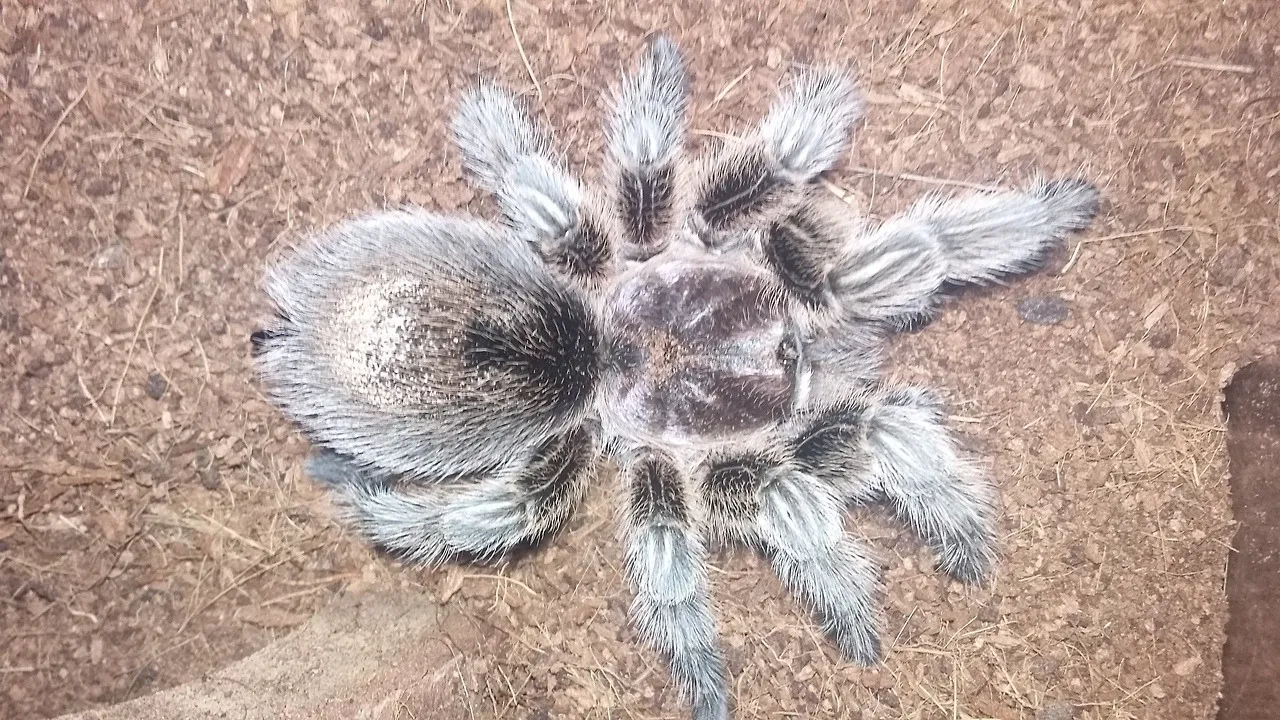
The Arizona Blonde (Aphonopelma chalcodes) is another great species for beginners, especially those looking for a hardy and relatively low-maintenance pet. Their tan or blonde coloration makes them visually appealing, and they are generally calm and docile.
Characteristics and Temperament
Arizona Blondes are known for their docile temperament. They are generally not aggressive and are less likely to bite. They may flick hairs as a defense mechanism. They are known for their calm behavior, which is a benefit to beginners, as well as being less fearful of interaction. However, it is important to remember each tarantula has a unique personality.
Care and Habitat
This terrestrial species requires a simple setup with a substrate of coconut fiber or peat moss. A shallow water dish is essential. They prefer a warm, dry environment, so ventilation is important. Arizona Blondes are good eaters and generally thrive on a diet of crickets or other insects. They don’t require high humidity, making them suitable for various climates.
The Mexican Red Knee Tarantula
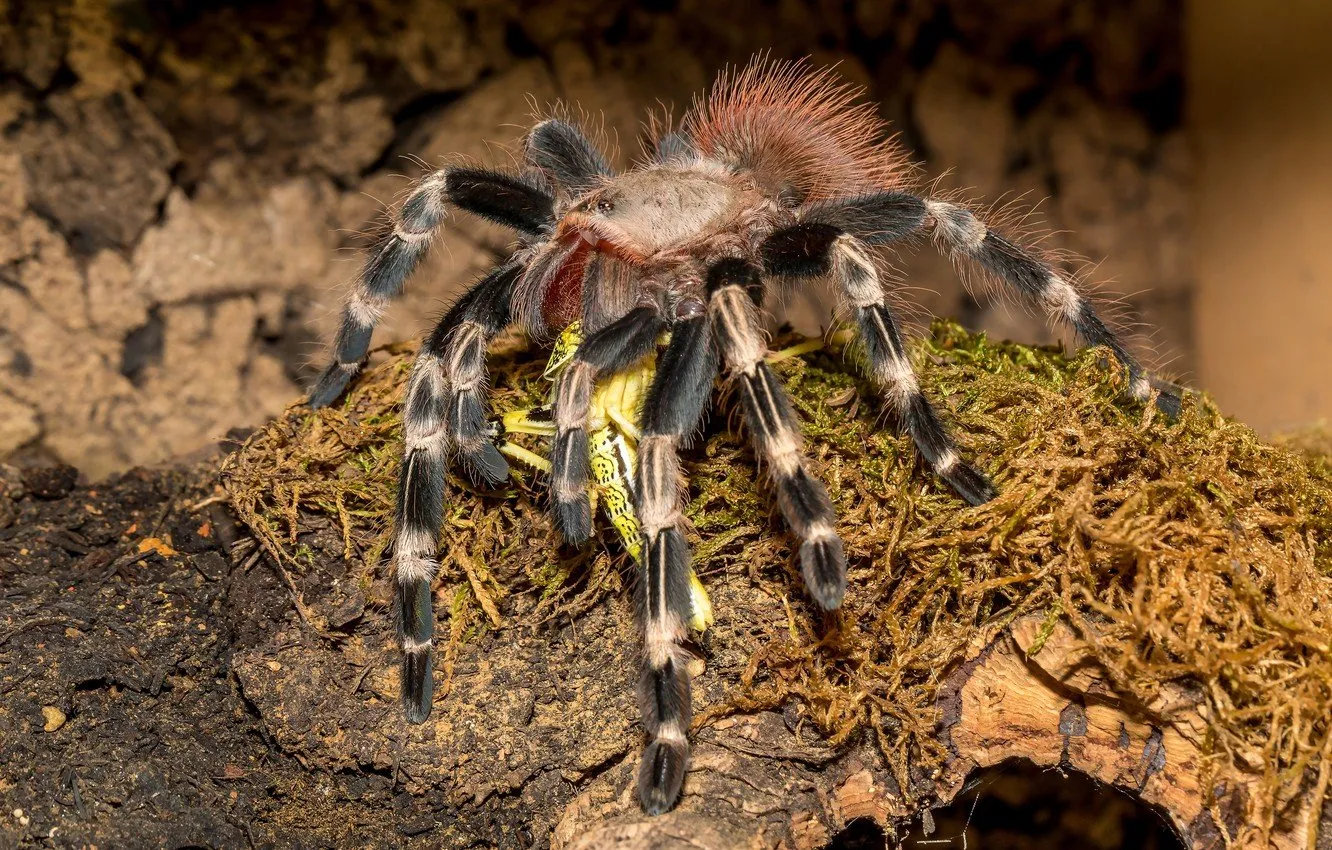
The Mexican Red Knee (Brachypelma hamorii) is a classic and popular choice for tarantula keepers. Their striking coloration and generally docile temperament make them highly sought after, although they are not quite as suitable for complete beginners as some other species. They are a great choice for those who have done some research and are ready for a slightly more demanding pet.
Characteristics and Temperament
Mexican Red Knees are known for their beautiful coloration, with striking red or orange markings on their leg joints. They are generally docile, but may be more prone to kicking urticating hairs than some other species. They are generally not aggressive and are relatively slow-moving. They can be handled with care, but it’s always best to admire these tarantulas from outside their enclosure.
Care and Habitat
These tarantulas need a terrestrial setup with a substrate of coconut fiber or peat moss. They benefit from a hide, such as a piece of cork bark. A shallow water dish is essential. Maintaining proper humidity is important, but they don’t need as much as the Curly Hair. Feeding is similar to the other species.
The Pinktoe Tarantula
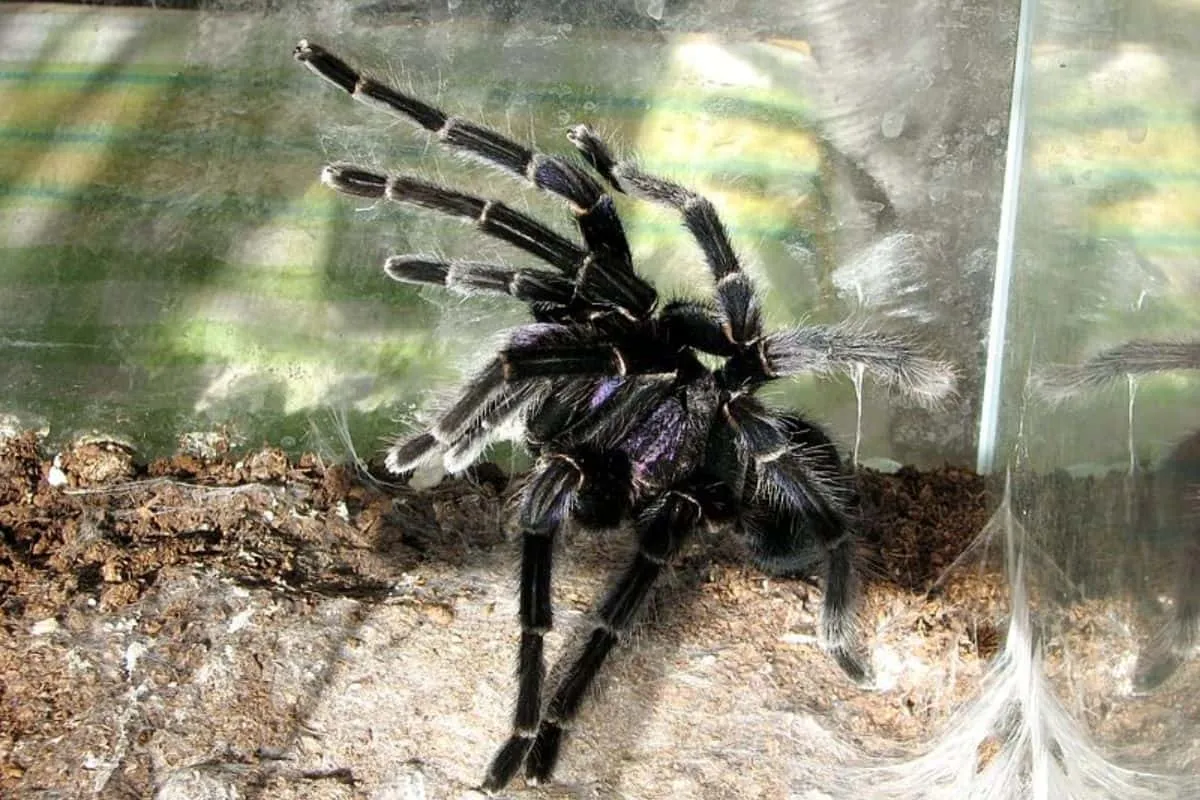
The Pinktoe Tarantula (Avicularia avicularia) is a unique arboreal species, known for their vibrant colors and tree-dwelling habits. They are a good choice for those who want a more active and visually interesting tarantula, but they require a slightly different setup than the terrestrial species.
Characteristics and Temperament
Pinktoes are known for their bright colors and arboreal lifestyle. They are generally skittish and fast-moving, which means they may not be the best choice for excessive handling. They may bolt and hide when startled. Their temperament is generally docile, but caution is advised, given their speed and arboreal nature.
Care and Habitat
Pinktoes require a tall enclosure with a substrate suitable for climbing, such as coconut fiber. They need plenty of vertical space and branches or other climbing structures. They also require high humidity, which can be maintained with regular misting. A shallow water dish is also necessary. They prefer a diet of insects and are more active hunters than terrestrial species. An important part of maintaining a healthy tarantula is regular feeding.
Essential Care Tips for Beginner Tarantula Owners
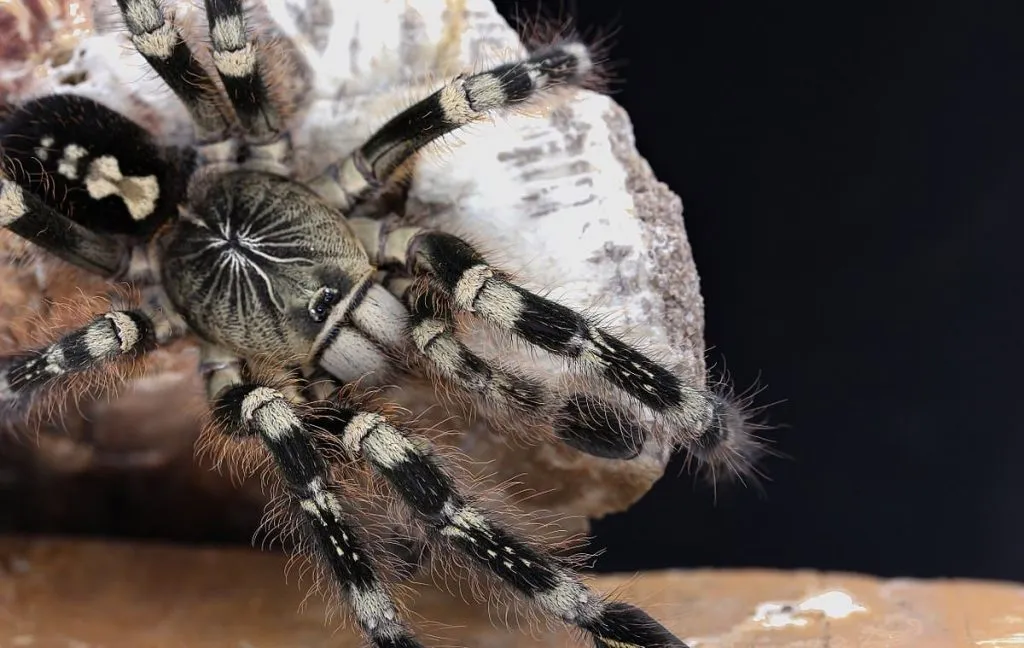
Caring for a tarantula involves more than just feeding and watering. Understanding the basics will significantly enhance your experience. Here are a few key tips to ensure a thriving, happy, and safe tarantula.
Housing and Habitat Setup
The enclosure is the tarantula’s home, so its design and maintenance are crucial. Choose an appropriately sized enclosure for the species and the size of the tarantula. Provide a suitable substrate, such as coconut fiber, peat moss, or a mixture. Ensure adequate ventilation to prevent mold and maintain humidity. Include a hide for the tarantula to feel secure and a shallow water dish for drinking. Keep the enclosure clean by removing uneaten food and feces. Always ensure there are no escape routes. The enclosure is the tarantula’s world. Make it a safe and comfortable place to live.
Feeding Your Tarantula
Feeding frequency depends on the species and the tarantula’s age. Young tarantulas typically need to be fed more often than adults. Use a variety of appropriately sized insects, such as crickets, mealworms, or roaches. Always remove any uneaten food within 24 hours to prevent mold or mites. Be mindful of the tarantula’s molting cycle, as they may not eat during this period. The most important part of feeding is to make sure that the tarantula has a consistent food source.
Handling and Safety
Handling a tarantula should be kept to a minimum, especially for beginners. While some species are more docile than others, all tarantulas can bite or flick hairs as a defense mechanism. Handle only when necessary and always do so with extreme caution. Avoid handling the tarantula if it is about to molt or has just molted. Wash your hands before and after handling. Be aware of your tarantula’s behavior and body language. If a tarantula seems agitated, leave it alone. Prioritize the tarantula’s safety and well-being.
Common Mistakes to Avoid
While tarantulas are relatively easy to care for, beginners can make mistakes. Overfeeding is a common issue, leading to obesity and potential health problems. Not providing enough ventilation can lead to the buildup of mold and bacteria. Handling too frequently can stress the tarantula. Another mistake is not researching the specific needs of the chosen species. Make sure you avoid these issues and your tarantula will thrive. Remember, preparation and research are key to successful tarantula keeping. By following these tips and avoiding common pitfalls, you can create a positive and rewarding experience for both you and your new pet.
